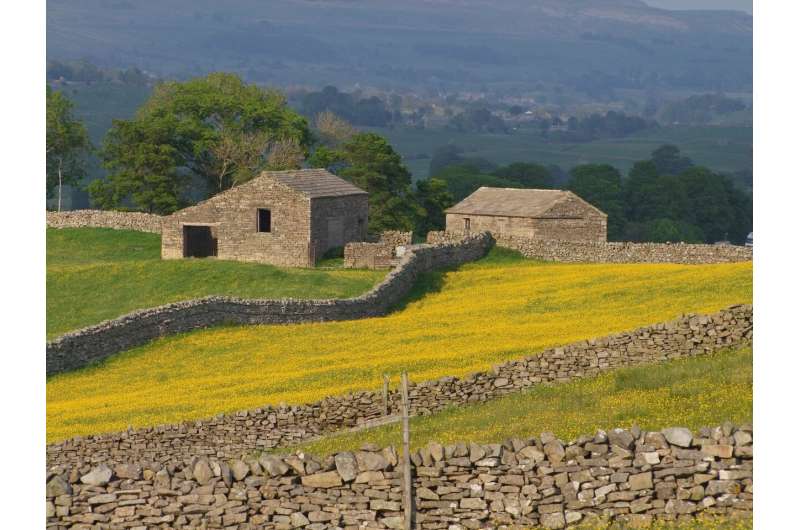This article has been reviewed according to Science X's editorial process and policies. Editors have highlighted the following attributes while ensuring the content's credibility:
fact-checked
trusted source
proofread
'Grass ceiling' masks the educational barriers faced by rural children, study says

More should be done to break the "grass ceiling" of hidden school underachievement in rural areas, a new study warns. The research is published in the journal Education Sciences.
Traditional narratives are that urban pupils do less well compared to those living in the countryside, and exam performance data shows rural pupils outperform their city counterparts.
The research says educational outcomes are not necessarily better in rural areas. Official data does not take account of geographical sparsity in the countryside, and statistics are skewed by the fact rural pupils are generally from more advantaged homes.
Considering data in a more nuanced way shows that rural pupils actually do not do as well in many measures of education outcomes. There are extreme gaps between their achievement and those in the same area from more privileged homes.
The study calls for policymakers to use more sophisticated measures of rurality and disadvantage to understand why rural pupils perform differently, and what should be done differently.
The study, by Luke Graham from the University of Exeter, shows how rural underachievement in England has been hidden by the relative sizes and distribution of deprived rural and urban populations. GCSE national data is highly influenced by the small number of rural pupils in the total school population, who become "hidden", and relatively high numbers of more affluent rural pupils.
Mr. Graham said, "On average, urban pupils are more disadvantaged, and disadvantaged pupils do less well in education on average, therefore, average urban pupils do less well than average rural pupils."
However, it is poverty that lowers outcomes, not urban living. There are persistent patterns of rural underperformance that have been overlooked.
"The prevailing narrative of English rural overperformance in average data has hidden the underperformance of rural pupils from deprived homes from the political landscape. Presenting the 'average' performance of rural pupils as better than urban pupils obscures the underlying performance patterns. Rural underachievement has been additionally masked by the relative sizes and distribution of rural and urban populations," according to the researcher.
The study calls for changes so the gap in attainment needs is made more visible. Masking rural underperformance has led to children in the countryside missing out on interventions as they were not seen. It has influenced educational policy and impacted national funding and resourcing decisions.
Using measures of remoteness or inaccessibility would be useful in supporting schools in coastal and other remote communities. Providing access to sparsity data within the DfE national database would quickly provide a more nuanced data analysis both nationally and within rural areas.
Mr. Graham used UK national data sets from different government departments using data from the 2018-19 academic year. Usual analysis of GCSE results shows rural pupils from deprived homes underperform at GCSE level compared to children from poorer homes living in urban areas. This difference is about 2 percentage points on average. The differences are especially marked in the extremes of deprivation, where results among rural pupils are 4 to 8 percentage points lower than the equivalent from urban pupils.
More information: Luke Graham, The Grass Ceiling: Hidden Educational Barriers in Rural England, Education Sciences (2024). DOI: 10.3390/educsci14020165
Provided by University of Exeter





















